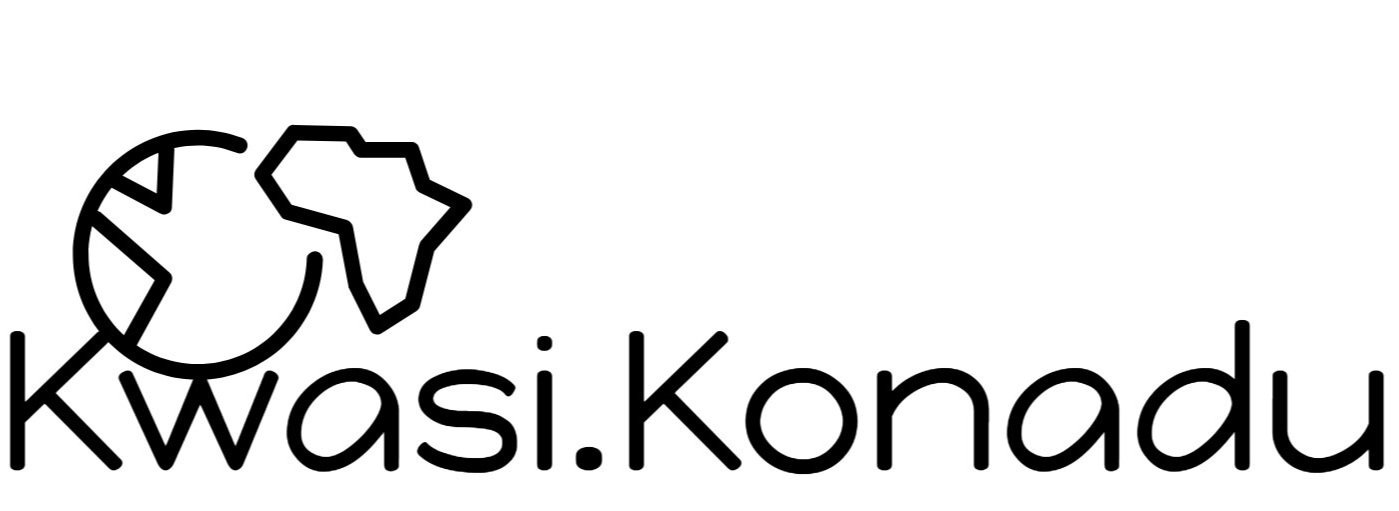The Atlas of the Transatlantic Slave Trade is the culmination of decades of archival research and international collaboration among scholars, led by David Eltis and colleagues. Though the data for the book are available online for free (www.slavevoyages.org), the repackaging of that data into 189 visually stunning maps and nine tables, complemented by some forty-two vignettes, has earned the creators of the Atlas a vast amount of praise and numerous awards. Like the human genome project, which focused on DNA sequencing through international collaboration and pooling of data, the Atlas is a testament to the value of collaborative effort, and book reviewers and endorsers have called it “monumental,” “marvelous,” “superb,” “sophisticated,” “erudite,” “groundbreaking,” and of “immeasurable value.” It is possible that the Atlas’s accolades, however, may inspire too much self-congratulation and not enough humility toward the human lives transformed into data sets. Both the genome project and the Atlas are based on decades of research, but both also have limitations. The genome project, for example, has identified most genes, but the sequencing is not fully understood; we know comparatively little about the full functions of their proteins, and the human genome of most individuals remains uniquely unmapped. The Atlas, likewise, has mapped the economic contours of transatlantic slaving using available data, but there is a great deal of missing data; it cannot account adequately for the first century of slaving or for the illicit and contraband commerce in African bodies around the so-called Atlantic world. More important, its arithmetic methodology cannot represent the lost potentials of African lives. The sense of finality suggested by the authors of the Atlas or their public relations team should not, therefore, be accepted unconditionally.
